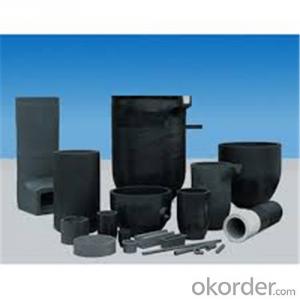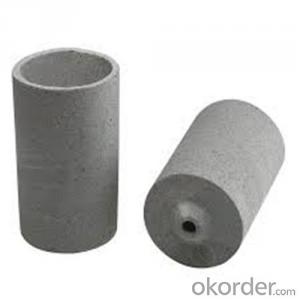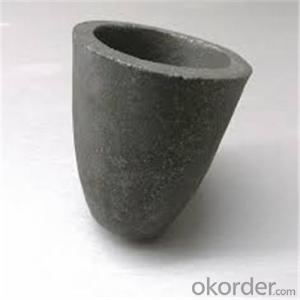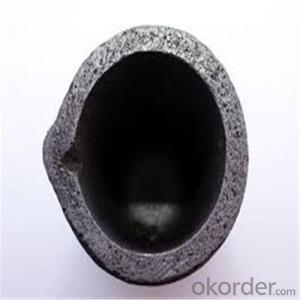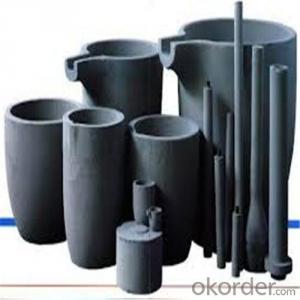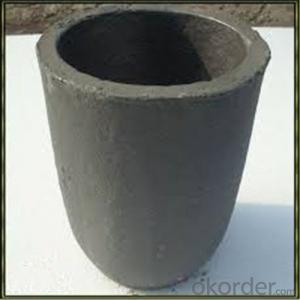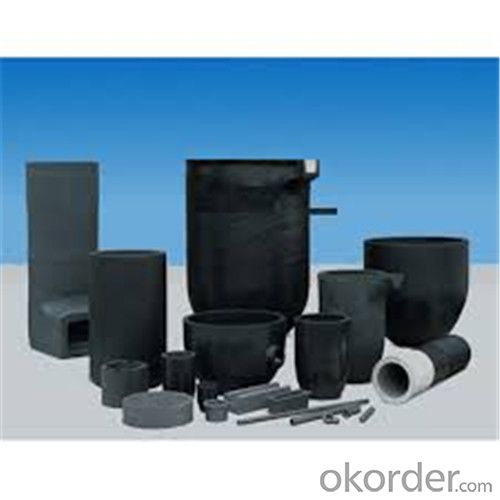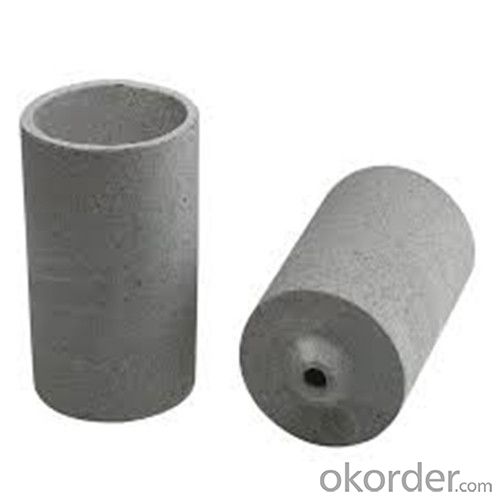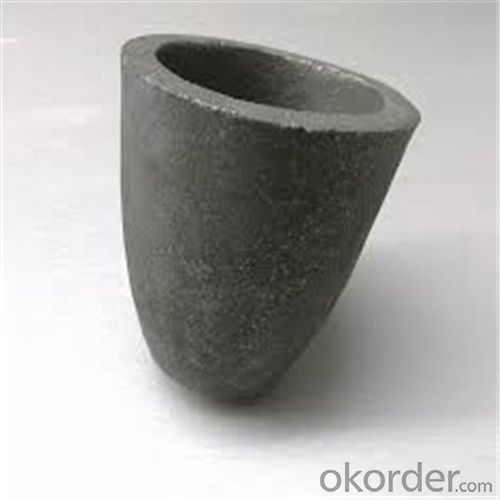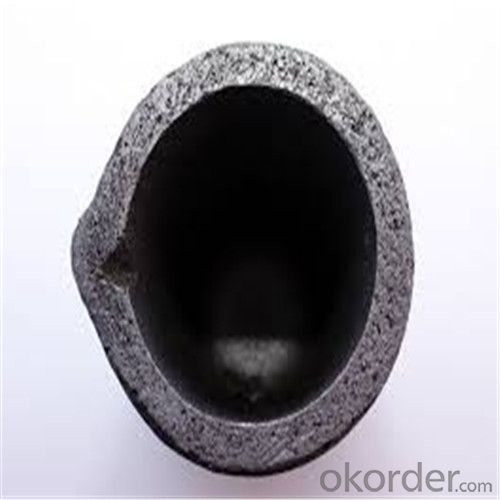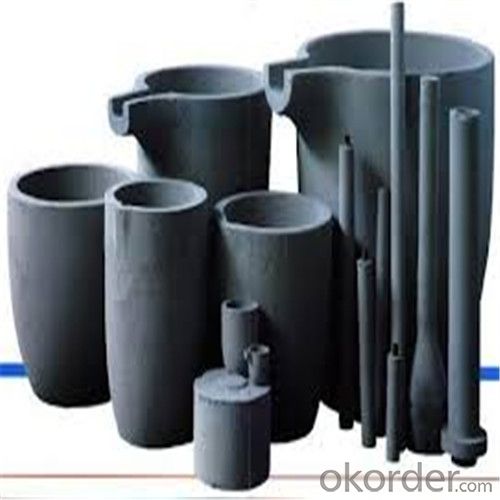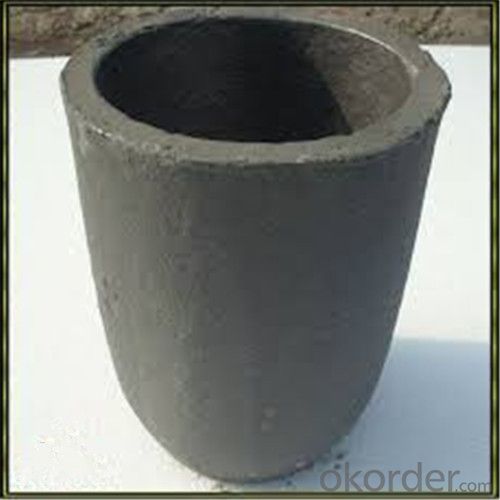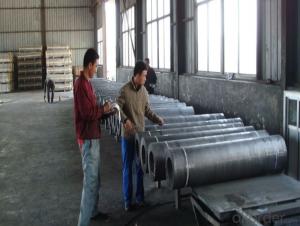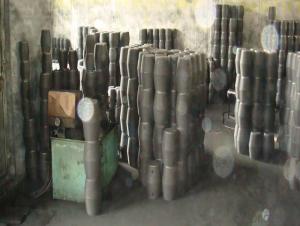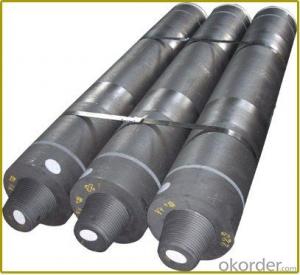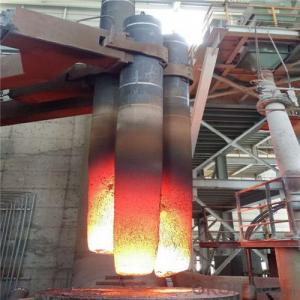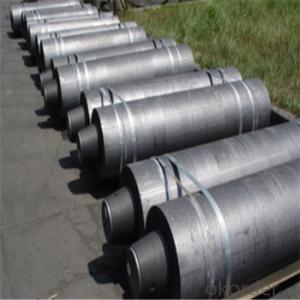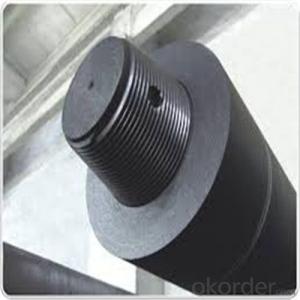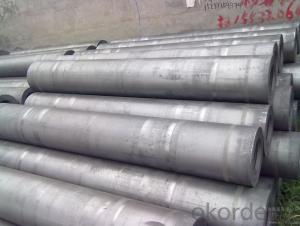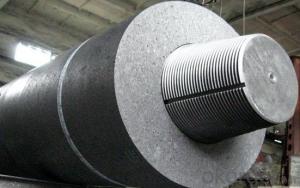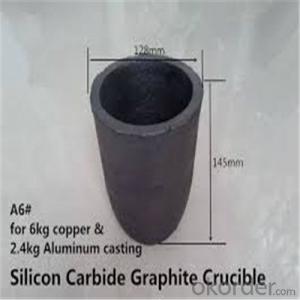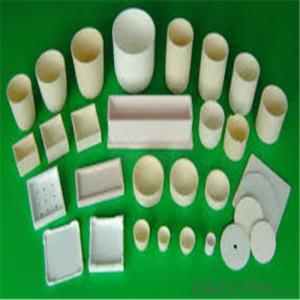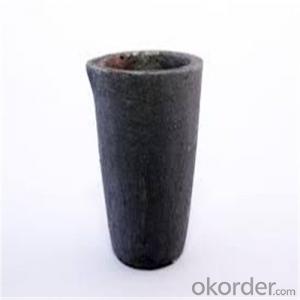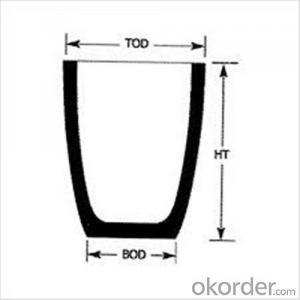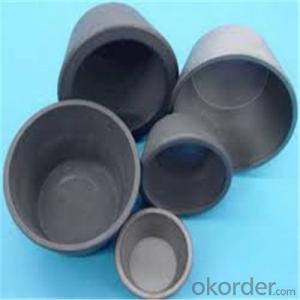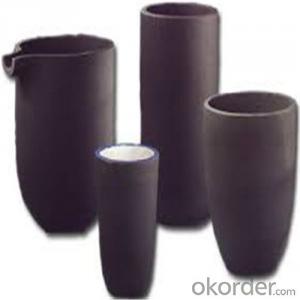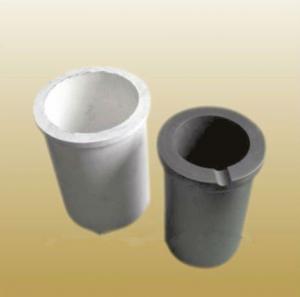Buy Graphite Crucible - Refractory SIC Crucible for Brass/Aluminum 2024
- Loading Port:
- Shanghai
- Payment Terms:
- TT OR LC
- Min Order Qty:
- 1 pc
- Supply Capability:
- 1000 pc/month
OKorder Service Pledge
OKorder Financial Service
You Might Also Like
Quick Details for Refractory Crucibles Sic Crucible For Melting Copper/Brass/Aluminum
| Type: | High Strength, graphite crucible crucible | Application: | melting metal | Height: | as your requirements |
| Composition: | High Pure | Top Diameter: | 10-600mm | Bottom Diameter: | 10-1000mm |
| Place of Origin: | China (Mainland) | Brand Name: | Model Number: | ||
| Color: | Black grey | Si3N4%: | 5min | Fe2O3%: | 0.7max |
| C%: | 30-45 | Apparent porosity: | 30max | Refractoriness: | 1680 |
| Bulk Density: | 1.71min | Using life: | >5000 hours | MAX temperature: | 1600c |
Packaging & Delivery
| Packaging Details: | Seaworty packing or as per customer's detail requirement of graphite crucible. |
| Delivery Detail: | within 20-30 days after confirm order of graphite cru |
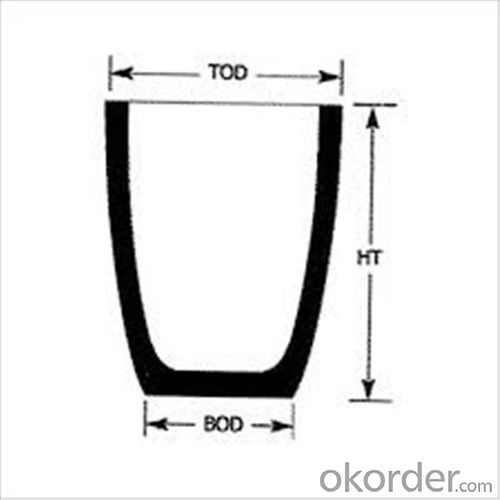
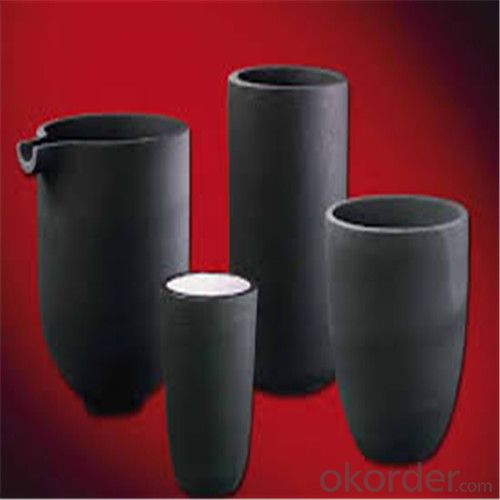
Refractory Crucibles Sic Crucible For Melting Copper/Brass/Aluminum
Physicochemical Properties
Type of Crucible | Type S | Type D |
Carbon Content/% | ≥38 | ≥45 |
Bulk Density/(g/cm3) | ≥1.70 | ≥1.85 |
Apparent Porosity/% | ≤29 | ≤21 |
Compression Strength/MPa | ≥20 | ≥25 |
Refractoriness/°C | ≥1400 | ≥1400 |
Type S: Clay graphite crucible
Type D: Isostatic pressing graphite crucible
Cited from CNS China National Standard of Graphite Crucible, which is solely drifted by TIANFU company.
Content Composition
C% | Sic% | AL2O3% | SIO2% |
45%-50% | 20%-30% | 10%-12% | 15-25% |
Packaging & Shipping
Package: Wooden case and wooden pallet or pack as customer's requirement of graphite crucible.
Delivery time: depend on distance, usually 20 days to 50days after deposit of graphite crucible.
We can supply the products according to customer's drawings, samples and performance requirement.
Other Products
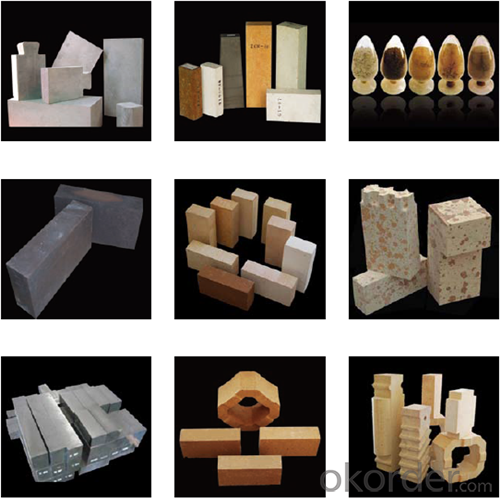
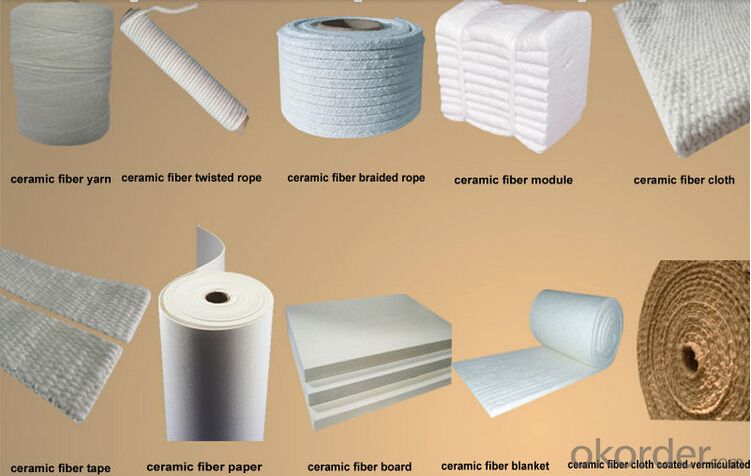
Welcome to visit our factory.
- Q: Are graphite crucibles suitable for vacuum induction melting?
- Vacuum induction melting is well-suited for the use of graphite crucibles. This is because graphite is a stable and inert material, making it ideal for high temperature and vacuum environments. Graphite can withstand the extreme heat and pressure conditions required for vacuum induction melting. When it comes to thermal conductivity, graphite crucibles excel. They efficiently transfer heat to the metal being melted, ensuring uniform heating and melting. This results in consistent and reliable outcomes. Additionally, graphite crucibles are resistant to thermal shock, meaning they can handle rapid temperature changes without cracking or breaking. Moreover, graphite crucibles exhibit good chemical resistance, which is crucial when melting reactive metals or alloys. They can endure the corrosive effects of molten metals, preventing contamination and maintaining the purity of the material being melted. To summarize, graphite crucibles are highly suitable for vacuum induction melting due to their stability, resistance to high temperatures, thermal conductivity, resistance to thermal shock, and chemical resistance. These crucibles offer a dependable and efficient method of melting metals under vacuum conditions, making them the preferred choice in various industrial applications.
- Q: Are there any specific cleaning agents or methods recommended for graphite crucibles?
- Yes, there are specific cleaning agents and methods recommended for cleaning graphite crucibles. Graphite crucibles are commonly used in high-temperature applications, such as melting metals, and they can become contaminated with various impurities over time. One commonly recommended method for cleaning graphite crucibles is to use a combination of mechanical cleaning and chemical treatment. Mechanical cleaning involves removing any solid debris or residue from the crucible using a soft brush or cloth. It is important to avoid using abrasive materials or harsh scrubbing as this can damage the crucible. After mechanical cleaning, a chemical treatment is often necessary to remove any remaining impurities. Acidic solutions, such as hydrochloric acid or sulfuric acid, are commonly used for cleaning graphite crucibles. These solutions can dissolve and remove organic and inorganic contaminants. However, it is important to note that handling and working with acid solutions can be hazardous and should be done with caution. Personal protective equipment, such as gloves and goggles, should be worn, and proper ventilation should be ensured. Additionally, it is crucial to follow the manufacturer's instructions and guidelines for cleaning graphite crucibles. Some crucibles may have specific requirements or limitations for cleaning methods and agents, and it is important to adhere to these recommendations to avoid damaging the crucible. Overall, while there are specific cleaning agents and methods recommended for graphite crucibles, it is essential to exercise caution, follow safety guidelines, and consult the manufacturer's instructions to ensure proper cleaning and maintenance of the crucible.
- Q: Can graphite crucibles be used for melting reactive metals?
- Yes, graphite crucibles can be used for melting reactive metals. Graphite is highly resistant to heat and has excellent thermal conductivity, making it an ideal material for high-temperature applications such as melting reactive metals. Additionally, graphite is chemically inert and does not react with most metals, including many reactive ones. However, it is important to note that there are certain reactive metals, such as alkali metals or certain rare earth metals, that can react with graphite at high temperatures. In such cases, alternative crucible materials like refractory metals or ceramics may be more suitable.
- Q: What are the differences between quartz crucibles and glass crucibles in appearance, properties, uses, etc.?
- What are the differences between quartz crucibles and glass crucibles in appearance, properties, uses, etc.?
- Q: Can graphite crucibles be used for eutectic growth?
- Yes, graphite crucibles can be used for eutectic growth. Graphite has excellent thermal conductivity and can withstand high temperatures, making it suitable for many high-temperature applications, including the growth of eutectic alloys.
- Q: What is the main function of graphite?
- As refractory material: graphite and its products have the properties of high temperature resistance and high strength. They are mainly used in the metallurgical industry to make graphite crucibles. In the process of steelmaking, graphite is often used as a protective agent for steel ingots and lining of metallurgical furnaces.
- Q: How to extract pure silver from sundry Silver
- The reduction of silver: equal without rust and the silver chloride tightly alternately placed in the container and Diego. By adding 1% volume concentration of 16% hydrochloric acid, 8 - 12 hours after all. Silver is replaced, brown. Then rinse 3 to 4 times to no acid.
- Q: Can graphite crucibles be used for metal powder sintering?
- Indeed, metal powder sintering can be accomplished using graphite crucibles. The utilization of graphite as crucible material is widespread owing to its elevated melting point, chemical inertness, and thermal conductivity. The process of metal powder sintering entails subjecting the powder to intense heat in order to fuse the particles together, and graphite crucibles possess the capability to withstand such high temperatures without undergoing any reaction with the metal powders. Moreover, the commendable thermal conductivity of graphite crucibles facilitates the even distribution of heat, thereby ensuring the uniform sintering of the metal powder. Consequently, graphite crucibles are an appropriate choice for carrying out metal powder sintering procedures.
- Q: Graphite used in graphite in the glass industry?
- There are a lot of graphite used in the glass industry, graphite molds, graphite crucibles, graphite heat resistant liners, and so on
- Q: Cast iron into a casting. What is the state of the matter, change, sublimation? Sublimation? melt
- The graphite crucible has good thermal conductivity and high temperature resistance, and the thermal expansion coefficient is small in the process of high temperature use, and has a certain anti strain property for hot and cold quenching.
Send your message to us
Buy Graphite Crucible - Refractory SIC Crucible for Brass/Aluminum 2024
- Loading Port:
- Shanghai
- Payment Terms:
- TT OR LC
- Min Order Qty:
- 1 pc
- Supply Capability:
- 1000 pc/month
OKorder Service Pledge
OKorder Financial Service
Similar products
Hot products
Hot Searches
Related keywords
